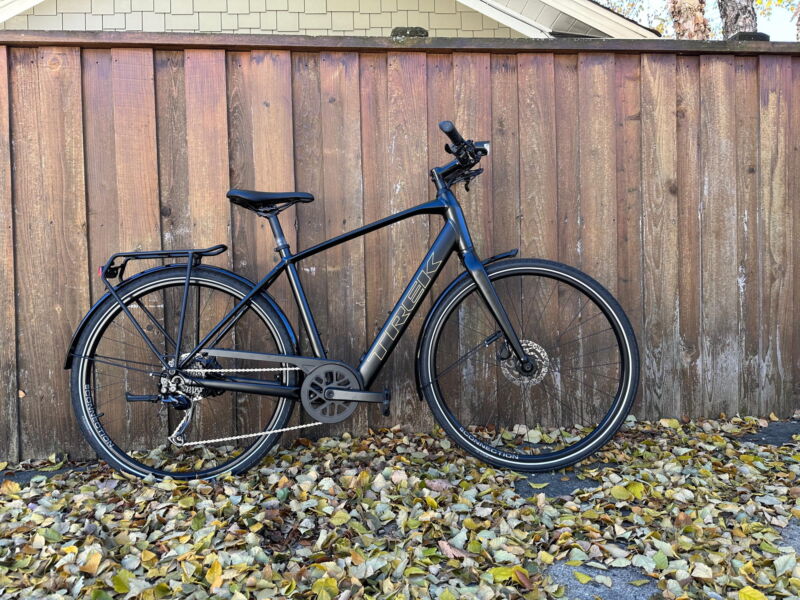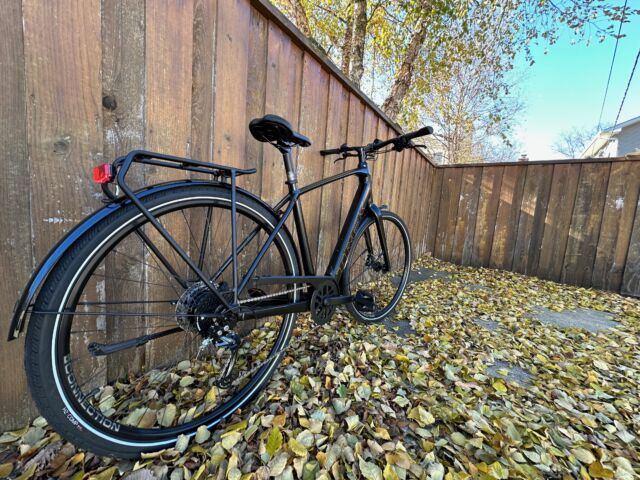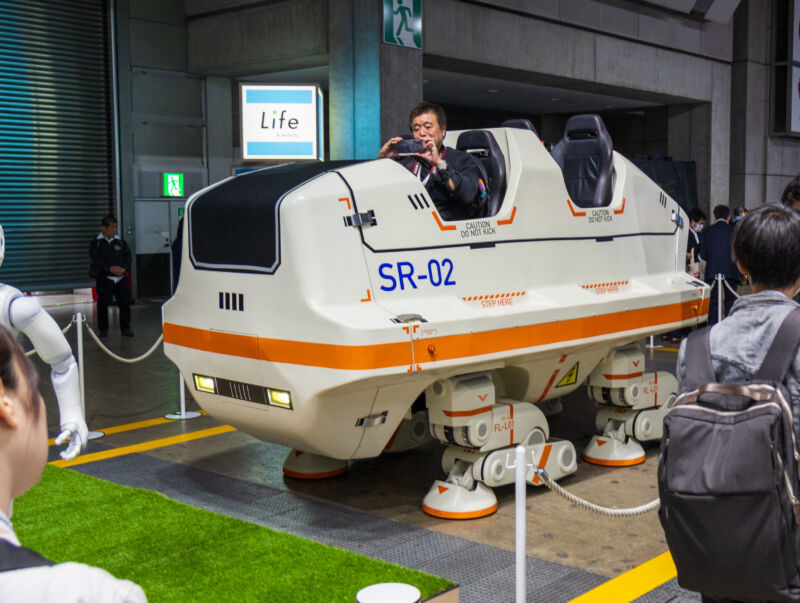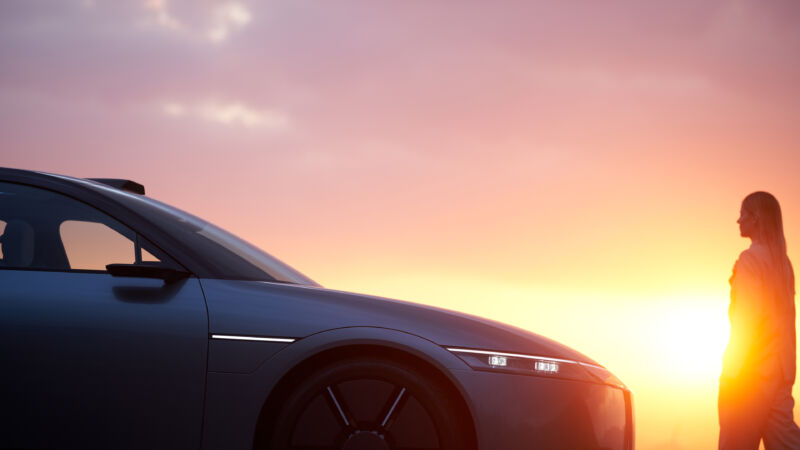-
 chevron_right
chevron_right
The Trek FX+ 2 e-bike is a jack-of-all-trades
news.movim.eu / ArsTechnica · Thursday, 16 November - 12:30 · 1 minute

Enlarge / The Trek FX+ 2 e-bike (credit: Eric Bangeman)
When it came time to buy our son his "adult" bike, the Trek FX 2 was an easy choice. Not only is the candy-red color eyepopping, but the hybrid offers hydraulic disc brakes and an aggressive riding position for $749. So when Trek offered us the chance to review the FX+ 2, we jumped at the chance to take it for a ride or three.
It's not often that we get to review an electrified version of a bike we are familiar with, so we'll start with the differences between the FX+ 2 and the FX 2. Let's get the biggest one out of the way: the price. The Trek FX+ 2 retails for $2,499, over three times the price of its unelectrified sibling (also significantly higher than some hybrid e-bikes, many of which are made by new companies most of us have never heard of). Some of the price difference comes from the motor and battery— the motor itself sells for $450 —but you're also getting an integrated bike computer with cadence and speed sensors along with a power meter. All you need to access the integrated gear is the Trek Connect app.

The motor lives in the rear hub. (credit: Eric Bangeman)
Component-wise, the FX+ 2 is very similar to the FX 2. They use the same Shimano shifter and cassette, the same aluminum wheels, and the same Alpha Gold aluminum frame. The differences between the two mostly come down to modifications needed for the electric bits and the tires. The FX+ 2 comes with 700x40 mm tires instead of 35s and has a max tire size of 50 mm, whereas the FX 2 is capped at 38 mm. Lastly, the FX+ 2 has a rear rack, fenders, and integrated headlight and taillight.



